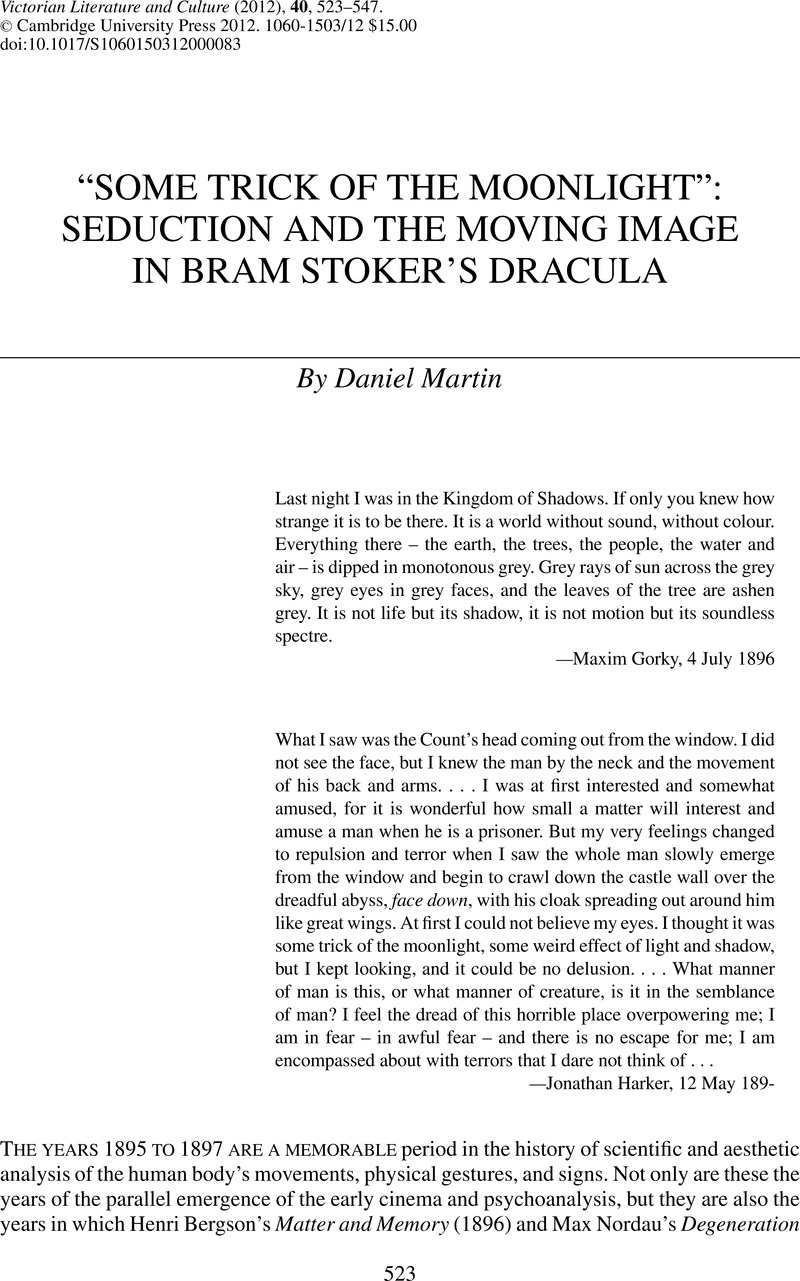Crossref Citations
This article has been cited by the following publications. This list is generated based on data provided by Crossref.
Wong, Amy R.
2018.
Victorian media studies, history, and theory.
Literature Compass,
Vol. 15,
Issue. 3,
Menke, Richard
2019.
Literature, Print Culture, and Media Technologies, 1880–1900.





